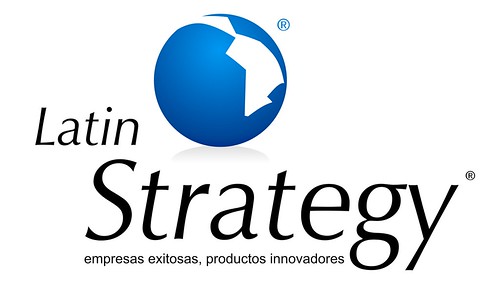La entrada es de Robert Lindsay Nathan, Jr. en el Ludwig von Mises Institute: una mirada a la innovación desde la perspectiva libertariana
Extracto 1, los orígenes de la reflexión:
"I was a student of architecture in the early 1970s, at a time when there was an emphasis on the art more than the science of the discipline. What I came to realize from that experience is this: there are many ideas. For every idea that seems to be the best solution to a given problem, there are an infinite number of other possibilities that will provide an even better solution.
In other words, solutions were just a snapshot in time on the route to discovery. Perception, conception, expression: that's the basic path of the creative process. In those days, most of us would wait until the night before a project was due to prepare for it's presentation. That is because the perception phase was ongoing. We were continuing to gather information about the problem until the last minute..."
Extracto 2, las fases del método:
"In the earliest edition of Design Drawing, Lockhard divides the design/creative process into five separate phases of mental activity: perception, conception, representation, decision, and persuasion [...] Perception is the research phase. Information obtained about the problem is gathered and stored in the LTM (long-term memory) and STM (short-term memory).
Conception involves comparing the known facets of the problem with all past experiences. It's a filtering process, kind of like what a computer does: items held in RAM (STM) are compared with items held in memory on the hard drive (LTM). The human filtering mechanism is highly specialized; as almost anything can be matched with the problem at hand..."
Extracto 3, y al final:
"I started this article with only a loose understanding of where I was going with it. As with many projects, I got interrupted with life, one item being a professional accreditation exam. But during this time I was lucky enough to stumble upon a few things that enabled me to expand on my original thesis of perception, conception, and expression [...] His talk was on our (relatively) free-market system, and how lucky we are to have it, how we take for granted the abundance and the diversity of selections that are available to us when we go to a grocery store or any other market. What he ended with — the idea that whacked me right on the side of the head — was this: the notion that without liberty, there is no creativity. Without freedom, there is no reason to endure the pain of discipline that is required for creative problem solving."
***
De manera que La Libertad, cuando la hay, permite no sólo la libre competencia que inunda los mercados de opciones valiosas para todos, sino que sin ella misma estos actores de la producción no tendrían fuerza ni sustento algunos para intentar sus creaciones. La potencia de la libertad se manifiesta así, en acto, de múltiples modos. En la libertad, ciertamente, está el principio más universal que quepa cultivar (cuidar)
miércoles, 27 de mayo de 2009
Suscribirse a:
Enviar comentarios (Atom)

No hay comentarios:
Publicar un comentario